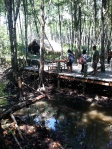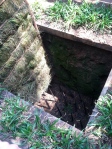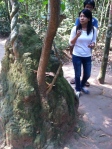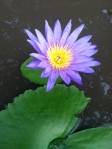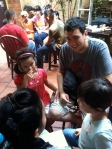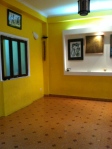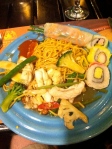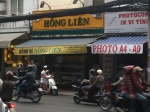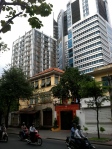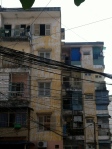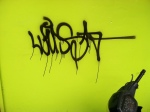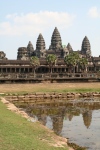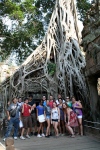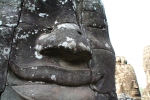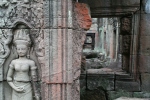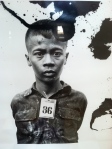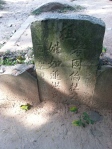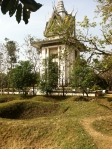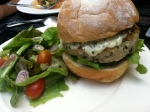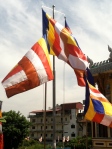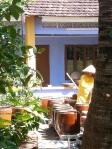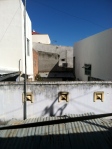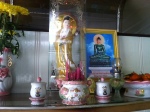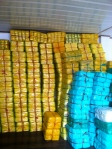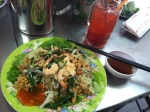- One of the many booby traps that the National Liberation Front left for American soldiers during the American-Vietnamese War.
- Rice paper left out to dry at Cu Chi. Rice-based paper and alcohol are now some of the products of the once-war torn region.
- The communist forces at Cu Chi would use old termite mounds to hide ventilation holes for their complex series of tunnels three meters below the surface.
- Tapioca root, which was a staple during the American occupation.
- A variety of locus in bloom near Cu Chi.
- One of the dozens of monkeys that inhabit Monkey Island in Can Gio National Forest Preserve.
- The old Viet Cong military base deep within the mangrove forest.
- A sunrise over the Pacific at Can Gio.
- One of the many varieties of lizards found in Viet Nam.
- The ferry ride on the way back to Ho Chi Minh City from the forest.
- Today, locals are allowed to use the forest to create a living as long as they also help protect it from timber poachers. This stand is selling water coconuts, a fruit that grows within the mangrove forest.
Living in Ho Chi Minh city is exhausting. First of all there is the heat, a predictable daily high of at least 95 degrees Fahrenheit. Then, there is the traffic situation with every street crossing involving a never-yielding onslaught of speeding motorbikes, honking busses and panicked cars. Finally, there are the crowds of people everywhere on the sidewalk. Fitting the population of a mega-city in an infrastructure designed for 3 million is chaotic work! Basically, Chicago looks like suburbia when the two are compared side-by-side.
Luckily, the group and myself has been getting some much needed breaks into the calmer, rural areas around HCMC proper. Cu Chi and Can Gio are both districts that are preserved due to their historical and natural importance. Cu Chi is now a forest with a large number of rubber plantations, however, during the war the district was so heavily bombarded that nothing grew. The village and its surrounding fields served as a head quarters for South Vietnamese liberation fighters, or the Viet Cong as they are known in America. What made this particular area of resistance so special though is that was the technique that the communist forces used to survive the constant bombing of the Americans. For over twenty years, they lived in an elaborate series of underground tunnels. In spaces no larger than two feet by one, men would crawl for miles to transport weapons and supplies to various areas around the American military bases.
Today the Cu Chi Tunnels as they’re now known attract hundreds of tourists each and every day. Over the course of a day we explored some of the tunnels that had been widened to accomodate Western tourists’ larger statures and learned about how the southern resistance fighters lived in such a hostile human and natural environment. We even got to try boiled tapioca root, a staple of the army because of its high calorie count and its ability to be grown right above the tunnels.
The other excursion we have recently taken is to the Can Gio mangrove forest on the opposite side of the city. Mangroves are trees and shrubs that are crucially important to coastal regions because they protect the soil from erosion, people from tsunamis and floods, and maturing animals from predators. They also clean up water through storing heavy chemicals in their leaves. Unfortunately, Can Gio like too many sites around Viet Nam is the site of American atrocities committed in the name of fighting communism. The entire forest was completely decimated by toxin defoliate chemicals during the Viet Nam War in an effort to prevent the National Liberation Front from using the area as a base of operations. This tactic of completely destroying the natural environment did not work that well, however, and the Viet Cong managed to keep a base deep in the forest for the duration of the war.
After visiting this base, the group visited “Monkey Island” where reintroduced, semi-wild monkeys live off of tourist-donated peanuts and the nearby beach.



